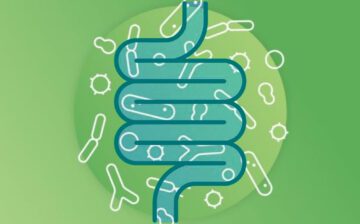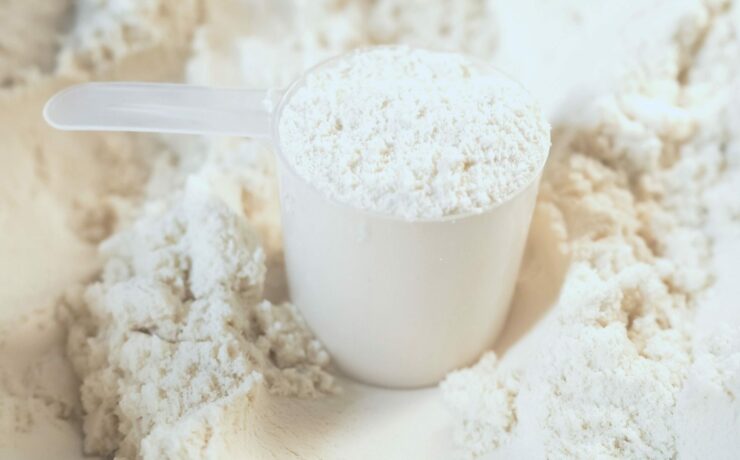
What is the Microbiome?
Our body is inhabited by trillions of bacteria, fungi, and viruses which collectively live on and in our body as a community known as microbiota. Their genome is the microbiome.

According to the World Health Organization, the last few decades have seen an increase in the consumption of energy-dense food and in physical inactivity worldwide (link). A westernized diet, characterized by a high intake of saturated fat, added sugar, and low dietary fiber intake, is known to promote excess weight gain and contribute to the increased prevalence of metabolic diseases [1]. Adopting healthier dietary choices and engaging in regular physical activity are recognized strategies in the prevention of overweight and obesity as well as their related non-communicable diseases.
Food choice is influenced by a large number of factors, thus altering unhealthy dietary behavior is often more difficult to achieve than it sounds in principle. The challenges of altering eating habits have prompted interest in the addition of potentially health-promoting nutrients, including proteins, into a Westernized diet as an alternative approach to help improve metabolic health risk factors. Hudson and colleagues [2] recently investigated the effect of incorporating milk protein isolate (MPI) into foods and beverages consumed as part of an energy-restricted Western-style eating pattern (WSEP) on changes in body composition and cardiometabolic health. The randomized, parallel, placebo-controlled, double-blind study, published in the journal, Nutrients, followed 44 middle-aged (52 ± 1 years) participants classified as either overweight or obese. Participants that consumed a WSEP with MPI showed a decrease in 24-hour ambulatory total and sleeping systolic and diastolic blood pressure as well as waking hours systolic blood pressure while those in the carbohydrate group did not. A greater decrease in fasting triglyceride concentrations was also observed in the MPI group compared to the carbohydrate group (-29 ± 6 mg/dL versus -42 ± 7 mg/dL). Over time, a reduction in other metabolic parameters such as fasting plasma insulin, glucose, and total cholesterol was also observed, but the changes were not different between the MPI and carbohydrate groups. Similarly, most body composition parameters decreased over time among all participants.
The effect of specific foods and nutrients on health and body composition has been the object of extensive research over the past decades. Components found in milk, including potassium and peptides derived from both casein and whey proteins, have been shown in previous in vitro and in vivo studies to have a blood pressure-reducing effect. Diets with increased protein and decreased carbohydrate intakes have also been reported to generally lead to a reduction in triglyceride concentrations. Since MPI is composed of a number of nutrients, Hudson and colleagues acknowledged that it is not possible to identify from their study the exact mechanism(s) responsible for the observed beneficial effect of MPI on blood pressure and triglyceride concentrations nor to know whether they are specific to MPI or a to higher protein intake. Nevertheless, findings from this research suggest an alternative dietary strategy to individuals struggling to deviate from a Westernized diet but wanting to improve their health.
To learn more about our MPI, click here
References
[1] Statovci D, Aguilera M, MacSharry J, Melgar S. The impact of Western diet and nutrients on the microbiota and immune response at mucosal interfaces. Front Immunol. 2017; 8: 838.
[2] Hudson JL, Zhou J, Kim JE, Campbell WW. Incorporating milk protein isolate an energy-restricted western-style eating pattern augments improvements in blood pressure and triglycerides, but not body composition changes in adults classified as overweight or obese: a randomized controlled trial. Nutrients 2020; 12(3): 851.
Disclaimer: Information discussed in this blog is based on the above-mentioned published research article and represents the thoughts, views and opinions of the authors of the article.